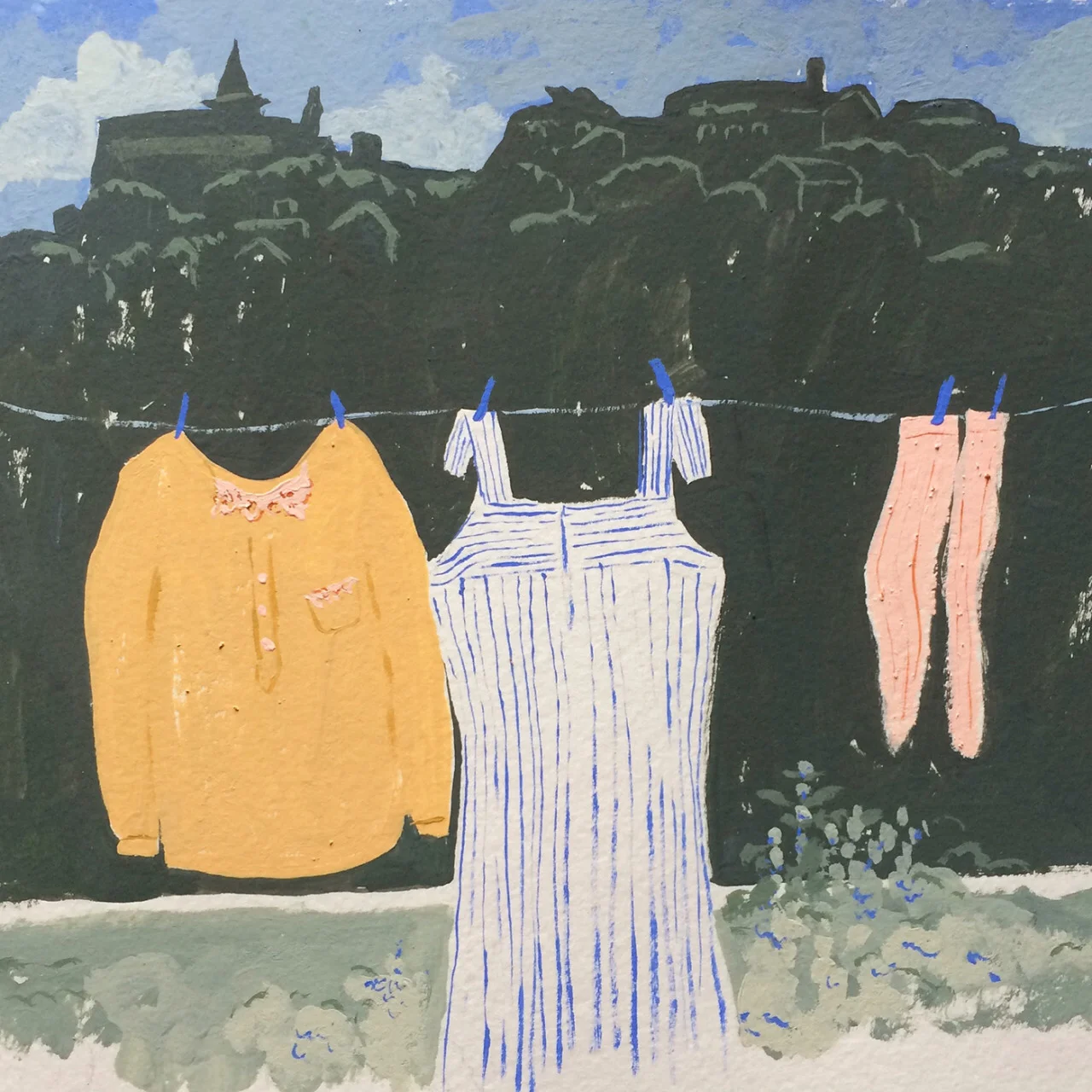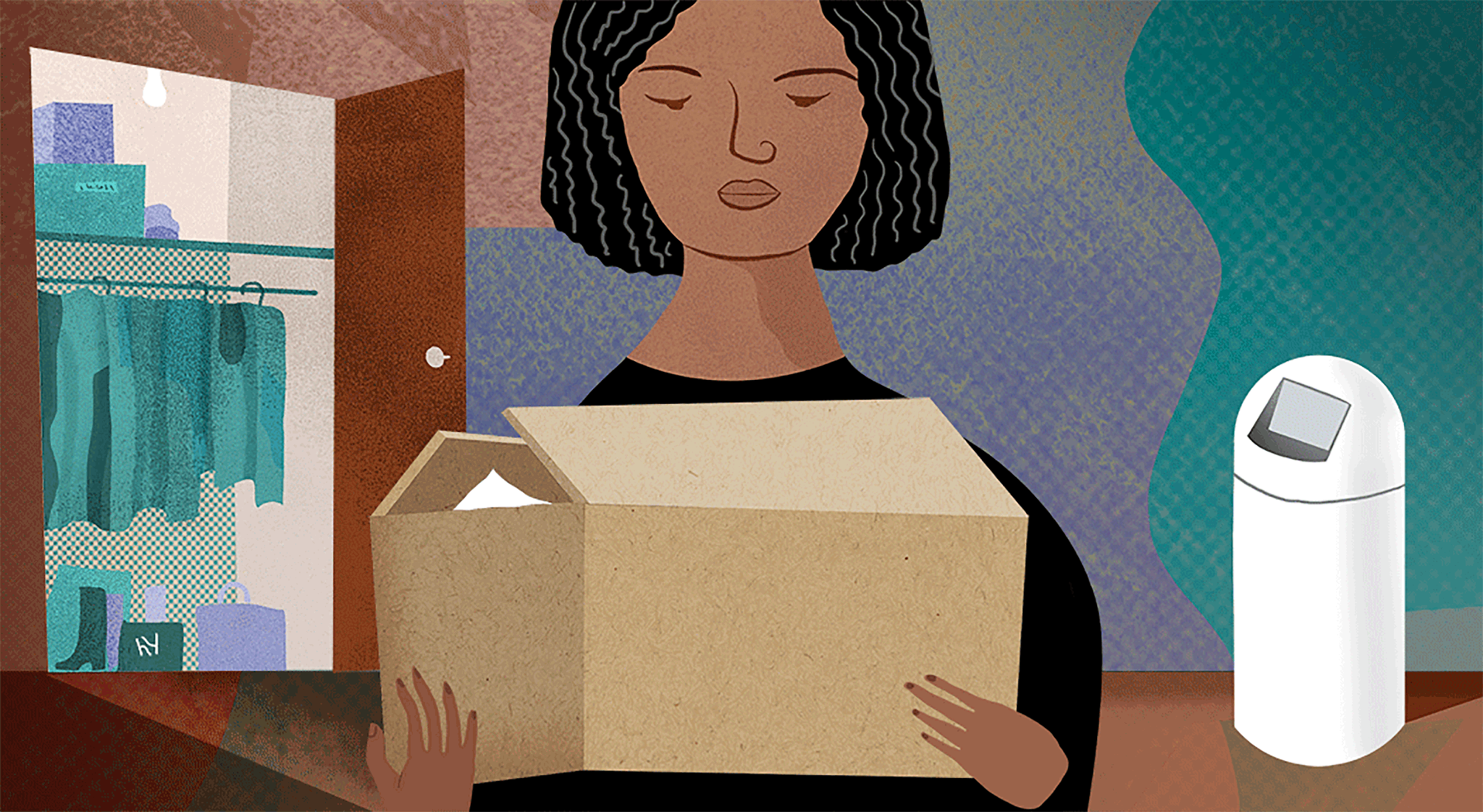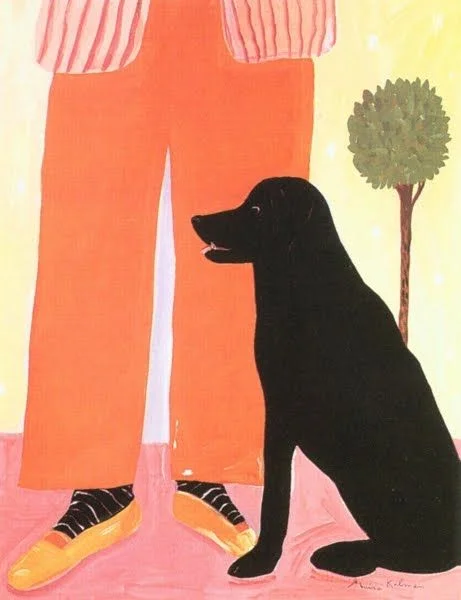9 Ways to Wear Your Style Without Destroying the Environment
Like me, I’m sure that so many choices already go into how you dress and what you choose to put on every day. You dress to please your aesthetics, your needs, you voice – and you do it while navigating the politics of clothes – how society polices women’s fashion, for example, or the whiteness of the beauty industry.
But the biggest way clothes impact others is when the materials are being processed, the cloth made, and the clothes constructed.
Here, I’m going to show you eight different things you can do to exit the destructive, toxic, poverty- and illness-inducing industry without resigning yourself to one drab outfit a year.
1. Wear Everything to Its Bitter End
The most important thing you can do – instead of buying more clothes – is to use the ones you have until they are so worn that you can’t wear them anymore. Two tips to get the most out of your clothes is to fix them when they need it and to find ways to keep them interesting to you.
Mend (or get them mended) your clothes that are missing buttons or have broken zippers, rips, and stains instead of throwing them out. When you get bored of something you can either pass it on to someone else or find a way to make it interesting to you again.
Style it differently, add design elements like pins, buttons, rhinestones, studs or lace, stencil it, or make it into something completely new.
Once your favorite jeans have become shapeless, torn and stained and you can’t, in good faith, pass them on or wear them out anymore, take what you can use and turn that into something else. You can make patches for other clothes, or cut them into shorts. You can turn shirts worn past their use as shirts into dust cloths and old towels into wash cloths. You can take parts of old clothes and make additions to the clothes you currently have: flower pins or epaulettes, patches, bows, cuffs, collars, belts, clutches, reusable lunch bags, art, quilts or anything you can imagine.
Sewing is a relatively easy skill to learn and there is nothing – to me, at least – as satisfying as wearing a new outfit that I made.
It’s usually easy to find used sewing machines for sale but oftentimes, community centers, community colleges, evening vocational programs, and local designs centers will have times available to come and use their machines for very little and will often offer classes. Some sewing and vacuum repair shops will rent out sewing machines as well.
Sewing, though, has historically been done by hand. Anything a sewing machine can do, you can as well. It may take more time, but you can do it. Start with the basics and go from there. Sewing by hand has also historically been a social endeavor, so if this is the route you choose, invite some friends over, learn together and make some really awesome things. Sewing, of course, requires an able upper body. If you yourself can’t physically sew, see if you can team up with some others and come up with designs and ideas that others can sew for you.
2. Restyle Your Clothes So That You’ll Want to Keep Wearing Them
Make sure you love your clothes.
The most basic thing that you can do is to make sure they fit well. Even when you buy clothes that fit, they may not fit your body perfectly. They might be too long, or too snug in one area, and too loose in another. Wearing clothes that fit your body the way you want them to is the best way to ensure that you’ll wear them.
Dig out the clothes you don’t wear because they don’t fit your body how you’d like them to and get them fitted or use your new sewing skills to change the fit.
Sometimes the fit is perfect, but you feel like it’s missing something or you don’t like one aspect of the design. Change it. Take off decorations you don’t like, and add on ones that you do. Don’t be afraid to cut, paint, and sew – even if sewing means nothing more to you than slicing into a T-shirt and weaving ribbons up it. Make your clothes yours, and you’ll love, and wear,them so much more – rather than feeling a need to purchase new ones.
3. Pass on Clothes That You Don’t Love or Need
Many of us have clothes that sit unworn in the back of our closets. We know that they’re there, but we still don’t wear them – or get rid of them. If you have extra clothing that you’re not using, but is in good condition, pass it on. Cleaning out closets takes a dedicated few hours but it feels so good to let go of things that you don’t use.
Dedicate an evening to cleaning out. In this time, go through your closet and drawers or living space for clothes that are too worn, or don’t fit, or you don’t like. Those clothes that you bought two years ago and still have the tags on them? That outfit that you bought for an event but ended up wearing something else? The barely worn clothes that you never consider putting on anymore? These are the items to send out into the world.
If you’re struggling for cash but dying for something new in your closet, oftentimes you can trade a few of your items for new-to-you pieces that you’ll love and wear.
If you just aren’t wearing them, pass them on. Make a few different piles of clothes you want to try to sell, clothes to donate or to give away but make sure that they’ll go to someone who will use them.
Cleaning out space in your home of things you don’t use or wear also has a positive impact on your mental health.
A study done by the University of California found that people had lower levels of stress hormones when their homes were organized. Getting rid of things you don’t use helps you to maintain organization because you have less things to take care of.
4. Organize Seasonal Clothing-Swaps
Clothing swaps are really just another name for a party. Invite your friends, let them invite their friends and have everyone clean out their closet and bring their clean, gently-used clothes that no longer fit or they no longer (or never) wear.
Wherever you gather, have people put their clothes into separate locations: shoes in one place, pants in another, skirts elsewhere, and so on. Then, let people dive in and try on other peoples’ clothes that they might like.
What people find that they love, they take home. For all the leftover clothes that no one wants, have someone take them to a donation center.
Make sure your clothing swap is inclusive so that everyone can find clothes that work for them. This needs to be a conscious action as you invite people. You can do this by making sure your friends invite their friends and by having a longer clothing swap. For instance, I’ve gone to one that lasted for eight hours and so many more people were able to attend because of the long hours.
By reaching out to people you may not know very well or posting to sites like Meet-Up in order to increase the diversity of clothing sizes. This way, everyone can go home with new clothes that they love, has gotten rid of clutter in their closets, and contributes to a donation. Plus-size people may choose to host a plus-size clothing swap to have a more diverse selection of items to choose from. Most likely, you’ll leave with some new treasures that you’ll actually be wearing, rather than those items that have just sat in closet, waiting to be loved.
5. Buy Used Clothing
Used clothing stores are great places to find all sorts of treasures from so many different eras that you’ll never find at corporate clothing stores who all sell the same thing. They’re also excellent places to buy basic items to make into something far more interesting. And you’ll spend less money on used clothes than new. Win-win-win.
There are a few different types of stores that sell used clothing.
Used clothing shops buy directly from anyone who walks in with clothes to sell. They generally sort through the clothes, accept only those without stains, tears, and other signs of wear, and sell everything from shoes to jeans to dresses.
Consignment shops tend to have higher end selection of clothing. Instead of buying the clothes right away from the seller, the store accepts the clothes, hangs them up, and when they sell, pays the seller for them. If they don’t sell within a certain amount of time, the would-be seller takes them back.
Vintage stores are excellent options to try when you have a fancy event coming up. These stores tend to sell a combination of clothes from decades ago and more recent designer duds. Though they’re usually more expensive, the clothes they sell are also well-made and will last.
Not all cities have such a variety of used clothing. You can also try on-line used clothing stores. ThredUp, for example, hosts an incredible amount of items in its on-line store and gives you three weeks to try on and return clothes that don’t work for you. They also send bags for you to sell them your used clothing and sell a wide array of clothes, from designer to athletic wear.
Swap, Vestiaire Collective, Tradesy, and Vinted are other options for online thrifting. FatTooand for FATS sake are two online communities where plus-size people can buy, sell, and trade their clothes while The Plus Bus moves around the US, bringing a space for plus size women to buy, sell, and swap their clothes.
6. For New Clothes, Turn to Local and Environmentally-Committed Designers
More and more, local designers are the people to turn to when you want brand new clothes that are environmentally friendly – especially if you seek out the designers who are committed to making clothes that are gentle on the environment.
There are several ways that designers can commit to sustainable fashion, but the more ways they commit, the better. Look to see if all clothing assembly happens in their studio or in the same city. Check out what type of fabric they use – organic or upcycled? Do they have have a zero-waste design (zero-waste means they don’t throw away a single piece of fabric from the large swaths of fabric they use to cut their patterns out)? Local designers will also sometimes make items specifically to you, upcycle clothes, run sewing classes or be willing to make your clothes fit you.
7. Look to Companies Concerned About the Environment
More and more, design companies are popping up that are as concerned with the Earth as with the styles they produce. Some sustainable fashion suggestions at mid-range prices are:
Girlfriend makes their leggings out of water bottles. Their sizes are comparable to Nike’s and they go to an extra large. While they haven’t launched their full line, they did a promo of twenty-dollar leggings last year.
Skunk Funk is a sustainable clothing brand based out of Spain but doesn’t offer sizes beyond extra large and their sizes run small.
Anjelika Dreams Organic makes beautiful clothes out of organic fabric dyed without chemicals. Their sizes go to an extra large.
Helpsy sells clothes from many ecologically conscious designers. The sizes and cost depend on each designer.
Beth Ditto sells amazing fashion for plus size women. Sizes run up to 28.
Eileen Fisher has dedicated her line to sustainable fashion for the past twenty years and has always had a plus size line. She offers sizes up to 24W.
ZWD makes zero-waste fashion, meaning that they throw nothing away. While their line goes up to an extra large, they’ll also make made-to-measure pieces for people of all sizes
8. Most Environmentally Friendly Cloth
Habits are hard to break.
If you find yourself buying brand-new clothes at a mall look a the fabric. Try and buy clothes made from the most environmentally friendly cloth: look for organic and hemp, tercel and organic bamboo, and cotton.
9. Buy Made-to-Last Clothes
Instead of buying clothes that satisfy a six-week trend and that you’ll wear ten times, if that, buy clothes that are made to last. Buy well-made clothes that fit you excellently.
Buy clothes that make you feel powerful, beautiful, sexy, artistic, capable, whatever it is that you want your clothes to evoke.
Buy them with the intention of building a wardrobe instead of to be thrown away.
There are so many options out there for a way to build gorgeous, fun and unique wardrobes full of clothes you love. There’s no need to buy clothes from fast-fashion houses whose business plans are based on the idea that their clothes won’t last or from brands who dump pollutants into the environment and put its workers at risk.
Explore all the ways you can have the wardrobe you want without contributing to the toxicity of the fashion industry. Notice how you change as you check out of buying from the mainstream fashion industry. You’ll probably find that you’re doing yourself a favor too: you’ll spend less money on clothes, you’ll become more creative as you buy pieces for DIY projects, and your wardrobe will become so much more interesting.
About the Author
Michelle writes fiction, memoir and non-fiction, and spends as much time as possible in the mountains. She has an MFA in creative writing and is a VONA and Community of Writers at Squaw Valley alum. Michelle lives in Mexico City. Read her articles here. This article was originally published in Everyday Feminism.


